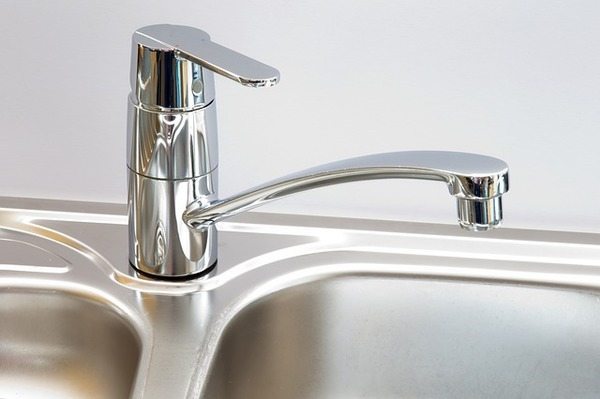
High blood pressure, or hypertension, is called the “silent killer” for good reason. It often has no symptoms, but is a major risk for heart disease and stroke. And these diseases are among the leading causes of death in the United States. About one in three U.S. adults has high blood pressure.
Your blood pressure is measured in millimeters of mercury, which is abbreviated as mm Hg. There are two numbers involved in the measurement: systolic blood pressure and diastolic blood pressure. Your blood pressure depends on how much blood your heart is pumping, and how much resistance there is to blood flow in your arteries. The narrower your arteries, the higher your blood pressure.
Blood pressure lower than 120/80 mm Hg is considered normal. Blood pressure that’s 130/80 mm Hg or more is considered high. If your numbers are above normal but under 130/80 mm Hg, you fall into the category of elevated blood pressure. This means you’re at risk for developing high blood pressure.
Fortunately, lifestyle changes can minimize your numbers and lower your risk. Check out the ways to lower your blood pressure levels!

























